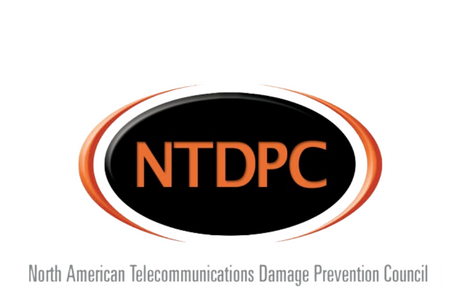You'll Dig How Louisiana's Laws Get Made
Emory Belton - Owner, Belton Law Firm, LLC (Moderator)
Trey Crawford - Vice President, Grady Crawford
Steven Giambrone - Pipeline Division Director, Louisiana Office of Conservation
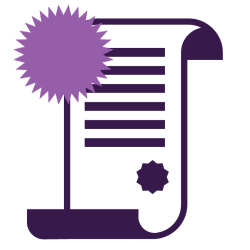
How 811 Came to be and the Impact in the 16+ Years Since it Launched on May 1, 2007
Meghan Rafinski - President & CEO, Georgia 811
Bill Turner - President & Chief Executive Officer, Tennessee 811
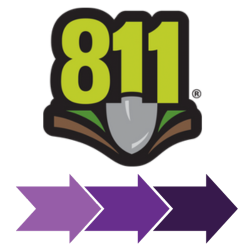
Contractors and PSMS
Steve Allen - Executive Director of Pipeline Safety, Energy WorldNet | Senior Advisor, Damage Prevention Academy
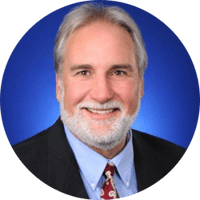

Chicago Department of Transportation (CDOT) will discuss how it uses technology to achieve a 0.41 damage ratio (per DIRT methodology) despite a multitude of large infrastructure projects. The presentation will not be technologically verbose. Instead, it will focus on how to identify, design, and implement innovative solutions. In addition to the technology, CDOT's presentation will underscore the importance of stakeholder relationships to ensure project success.
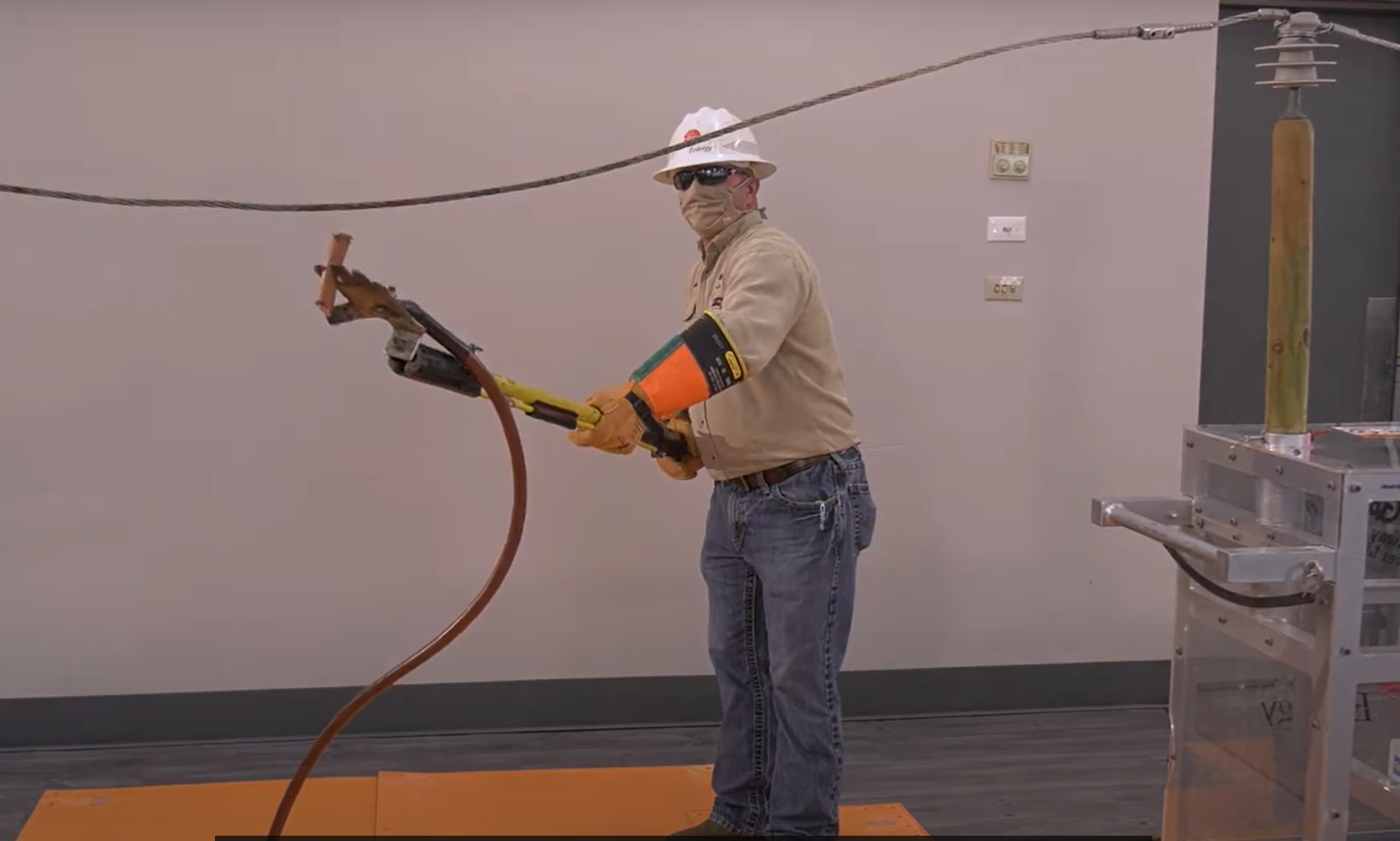
TBD
This demonstration will promote electrical safety awareness and will showcase what would likely happen when someone touches an energized power line.
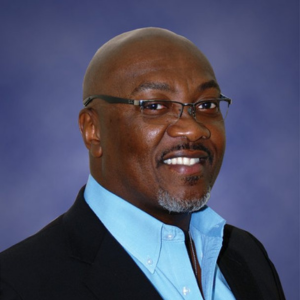
Jack Jackson - Senior Consultant, SafeStart
Safety leaders and trainers are always looking for ways to engage employees. Since people think in narrative terms, storytelling is a useful teaching tool—it not only engages listeners but helps them retain information. Participants will discover the three basic types of stories and establish credibility as a storyteller by learning how to apply personal experiences to the learning outcomes. They will also learn the three acts of a story and how to prove the relevance of the concepts and techniques they are teaching. All aspects of a business can benefit by learning the construct of effective storytelling. It encourages others to open up and share their own stories, creating two-way learning while increasing their library of stories.

This is a continuing debate from a lively discussion last year that resulted in many opinions, thoughts, and ideas around increasing safety at this most important juncture of live calls and web tickets. There'll be a panel of experts who will discuss the various methodologies they have used to reduce damage over the years along with plans for the future.

While evidence has mounted year over year pointing to the efficacy and increased safety from Contact Centres and related groups pushing web-submissions over phones, post-COVID, this dichotomy has only grown. This session will review 5+ years of data trends and lay the case for a wholesale transition to virtual white-lining practice across the industry.
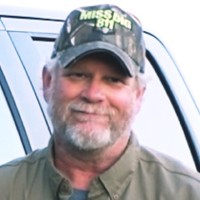


This presentation will highlight key areas of marine pipeline integrity, mariner safety, and damage prevention. An overview on the recent challenges with marine pipelines and infrastructure mitigations for waterway expansion projects will be covered, including an update on the new best practices initiative and training resources driven from NTSB findings as they relate to marine pipeline accidents and an introduction on the MarineSafe811 program. This session is a must attend!
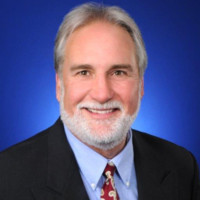
This session will provide a brief background on PSMS and discuss the realities faced by both operators and contractors in today's environment. This session will also explore methods used by operators to engage contractors in their PSMS program and will include a review of steps being taken by contractors to proactively address this important topic.


How do you manage large underground excavation projects that will allow all underground stakeholders to coordinate and collaborate with each other? How do you enable them to share project documents and communicate with designated contacts on projects? How do you provide all the required One Call notices (i.e. design, complex project, and excavation tickets) to the applicable underground stakeholder for your project? Pennsylvania 811 Coordinate PA application is the underground project management tool that will allow all underground stakeholders to safely manage their large and/or complex underground projects from conception to construction.
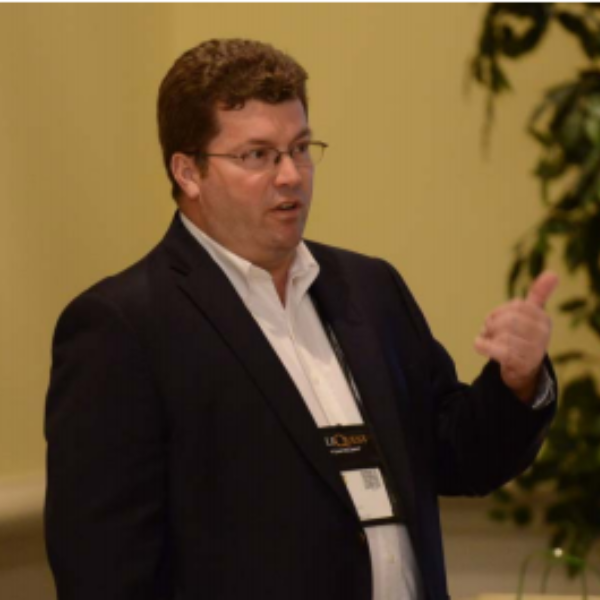

If you don't have trained people investigating damages, it will cost you both time and money. Learn the simple, but critical things you need to do in every investigation. You will learn how to properly gather data and put together a report that will help with any discussions regarding who is at fault and who is going to pay. You will leave with tips on photography, interviewing skills, and more.

According to a McKinsey study, only 25% of managers report that training changes an employees' performance. The other 75% are left wondering, "Didn't we do training on that?"
Using a case study, Sharon Lipinski, CEO of Habit Mastery Consulting, will share the 5 phases to crafting a training initiative that results in long-term measurable behavior change. Discover the 5 phases to crafting a training initiative that results in long-term measurable behavior change. Discover how to diagnose why the training failed to have the desired impact and get key strategies for reviving a past training, so you finally get the results you want.
Safety professionals will leave this session with new tools for maximizing the impact of their training programs.

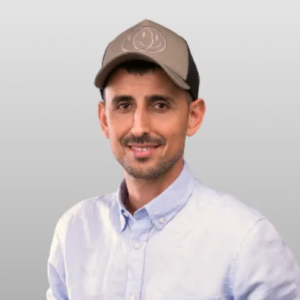



Join us for ESA Town Hall LIVE as we delve into the pressing issues surrounding damage prevention in the utility industry. This session will explore the challenges hindering progress and identify innovative solutions to propel the industry forward. This interactive discussion will engage panelists and audience members alike in a collaborative exploration of key topics shaping the future of excavation safety. Don't miss this opportunity to contribute to the conversation and drive positive change in the field of damage prevention.
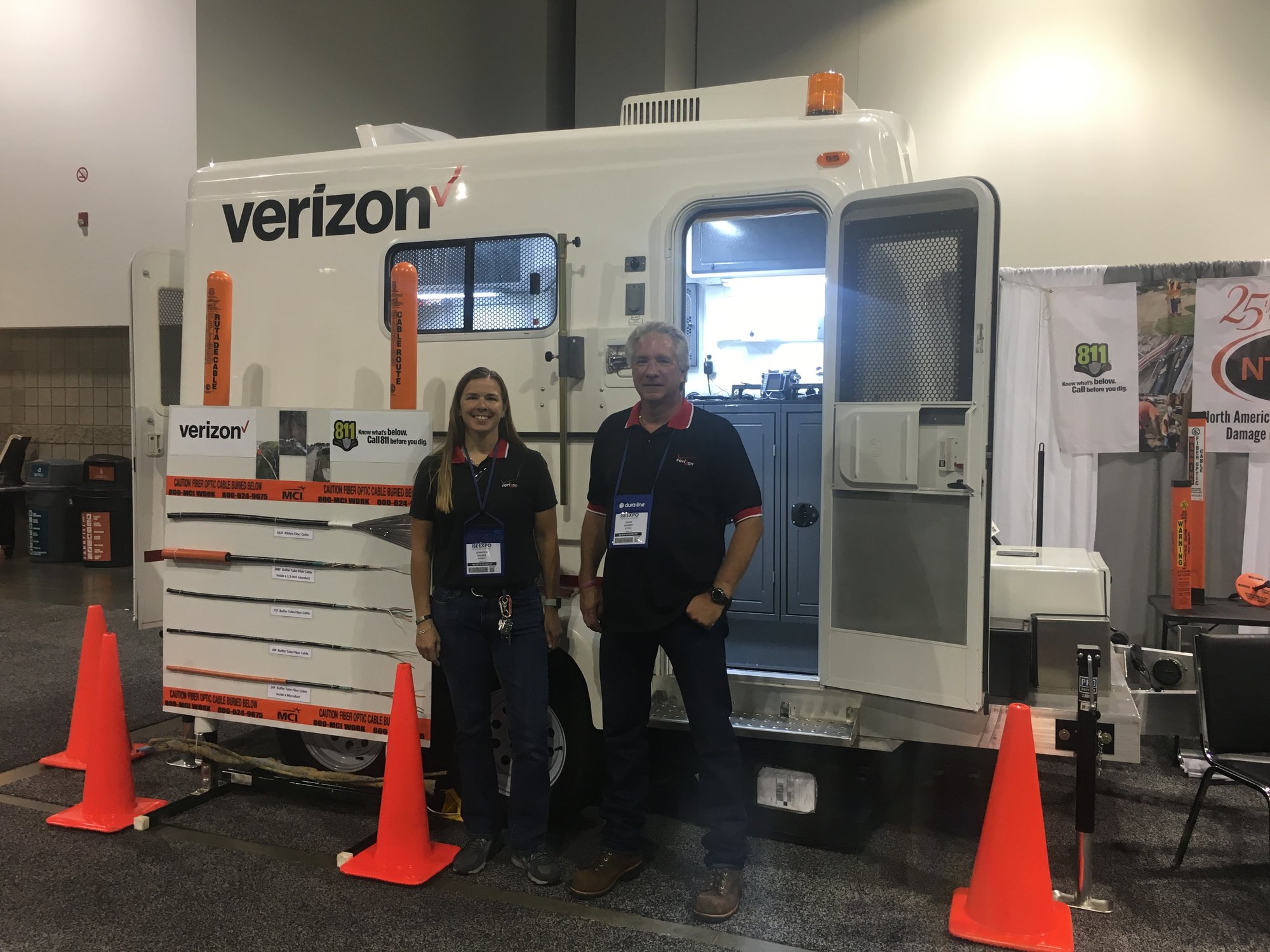
TBD
Watch fiber splicing live to learn how repairs are made and cables are lengthened.

A lot of attention has been paid to a spike in Fatal and Serious Trench Incidents for 2022. 2023 may turn out to be worse. We will present the actual numbers and evaluate reasons behind the increase and what’s needed to reduce fatal trench incidents.

Recently, PelicanCorp held an end user conference for its One Call Notification Centers in North America. The result of that meeting created a robust discussion around various trends in the industry. We'll have a panel of experts discussing new trends and technologies that can have an impact on One Call and Notification Center operations worldwide. The panel will be led by Duane Rodgers CEO of PelicanCorp and feature audience Q and A.

TBD
Kinder Morgan presents a Natural Gas Safety Demonstration discussing the properties of Natural Gas and Propane, as well as safety related activities for members of the excavation community and public to be aware of if they encounter a natural gas or propane related leak or emergency. The Kinder Morgan Damage Prevention team will show how Natural Gas and Propane are safe and reliable sources of energy as well as how someone should respond should they be involved in a natural gas related incident. We will also discuss 811 and safe excavation practices when working near underground utilities, specifically transmission pipelines and natural gas distribution systems.

Due to aging and lack of accurate utility location information, there is significant underground congestion and conflict, resulting in increased operational risk especially at waterway, transportation, and utility crossings. Able to mitigate these risks by providing accurate digital as-built positional data at trenchless crossings, constructed via HDD methods.
The NJ DOT has a strategic objective to prevent excavation accidents caused by damaged underground utilities. Locating their existing underground utilities mitigates this risk and enables contractors to operate under safe conditions. This presentation will present the NJ DOT & SUE approach to locating critical infrastructure water-main pipelines. This case study showcases the value and importance of accurate GIS mapping of underground utilities.

High Precision Data Collection and Global use case walkthroughs. This discussion will be led by Michael Pegam, Sales Director for Geolantis and will take us around the world showing various interesting case studies with Geolantis geospatial mapping as the focal point.
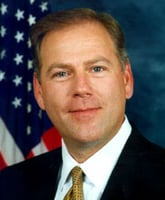


Chris John, former Congressman from LA, will tell the inside baseball story about how 811 became a reality. The panel members will talk about the far-reaching impact 811 has had on so many aspects of damage prevention. Topics range from enabling the industry to create national education campaigns to simply being able to have a single call before you dig number on all warning signs and 811 becoming a verb. The panel will discuss what role 811 may play in the future and how you can prepare for how locate requests will be placed in 10 years.


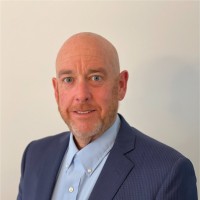
Historic investments from the Infrastructure Investments and Jobs Act passed in 2021 are hitting the streets. It will take commitments from many stakeholders across industries to ensure historic investments in America's Infrastructure are done safely. The current excavation systems have not been designed to handle the vast amount of new project work anticipated in the next few years. Accordingly, to avoid delays and major problems, key stakeholders will need to develop new solutions. The panelists will discuss key recommendations on how to update the existing locates process to accommodate the increased construction activity and improve practices and processes to protect communities and maintain public safety.


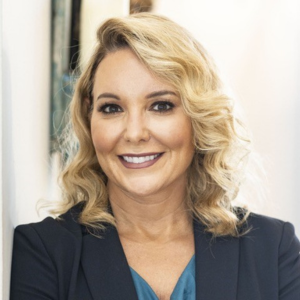

Excavators have an important role to play in ensuring the timeliness of utility locates which protect infrastructure and keep excavation crews and communities safe. With increased awareness of the impact of locate ticket submission practices, excavators can help eliminate the need for unnecessary marks and remarks, which enables locators to focus on time-sensitive tickets.

The Subsurface Utility Engineering industry is rapidly adopting the use of high-tech solutions as they become refined to acquire as much Quality Level B subsurface information as is possible to produce a digital twin of the underground. The ASCE 38-22, Standard Guideline for Investigating and Documenting Existing Utilities released in 2022 incorporates the use of GPR array systems for mapping the underground in 3D. Images of the underground, as well as other information from previous surveys, or Quality Level D information can now be integrated as layers into powerful mapping field apps such as Esri’s ArcGIS Field Maps on an iOS or Android mobile device. This integration facilitates transposition of 3D subsurface images of buried assets back to ground and is a powerful solution for correlation of the data to other existing utility documentation.

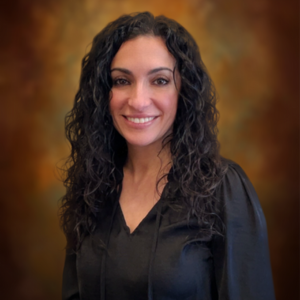

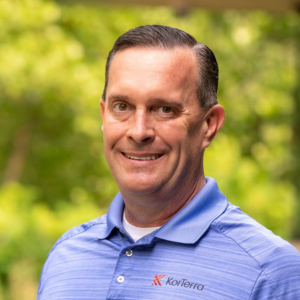
In the ever-evolving world of excavation safety, the ability to draw valuable insights from past incidents is crucial for preventing future accidents and fostering a culture of continuous improvement within organizations. This session aims to equip attendees with the essential tools and skills necessary to navigate the complexities of incident investigations effectively. Participants will gain a comprehensive understanding of best practices in incident investigation methodologies. This session will emphasize the importance of creating a culture of continuous improvement around excavation safety. Attendees will learn strategies for fostering a safety-oriented mindset among employees and stakeholders and encouraging the implementation of proactive measures to prevent potential accidents. By learning from the past, attendees will be better prepared to enhance safety practices, prevent accidents, and create a safer future for their organizations and the industry.

The Alliance for Innovation and Infrastructure (Aii) is the only nationwide public policy think tank dedicated solely to infrastructure in the United States. One of its core areas of study is damage prevention, because this sector combines energy infrastructure, transportation, technology, and a dynamic set of other relevant disciplines and industries. In August, Aii surveyed One-Call leaders across the U.S. and Canada to gain their insights and perspectives on the state of the industry, some common practices, and trends for the future. The survey revealed fascinating information about the desire for better data and more collaboration, certain limitations holding back progress, and the central role of notification centers in facilitating the process. This survey is intended to be a jumping off point, with leaders able to gain insights from one another and hopefully improve their own approaches by learning from one another.


Abandoned underground infrastructure and unidentified buried energy and utility networks are a challenge everywhere and present significant impacts to workers and construction sites. A new process was established in Quebec that allows the digging community to notify Info-Excavation whenever unknown and unregistered underground infrastructure is discovered and does not appear in the original locate request. Come listen about this new process and the shared responsibility!

This session will explore the rich data available through the notification centers. It will explore the challenges in using the data as well as emphasizing the ways data can be used to measure damage prevention activities in real time. Finally, it will provide examples of how this data can translate to actions that ultimately reduce damages.
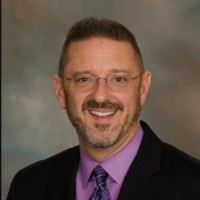
Virginia 811 has successfully demonstrated, through three PHMSA grants, how augmented reality (AR) can be used in the locate request ticket creation process to allow excavators to provide detailed visual descriptions of excavation sites for locators and how artificial intelligence (AI) can be leveraged to audit locate request tickets to ensure ticket accuracy. While Virginia 811 has fully implemented the AI auditing model, resulting in doubling the number of erroneous web tickets identified when compared to auditing efforts before the use of the model, barriers continue to stand in the way of fully implementing augmented, and even virtual, reality technologies to improve ticket quality, locate accuracy, and ultimately excavation safety. Even less cutting-edge technologically, such as “electronic white lining,” runs into difficulties of being fully implemented as a host of variables, including, but not limited to, lack of access to technology by both excavators and locators, as well as challenges with digital literacy and comfort levels with technology within the industry, stall the integration of such tools, thus impeding the ability to embrace this technology to reduce damages and keep excavators safe and underground utility lines protected.
This thought-provoking session will focus on how excavators and others in the damage prevention industry can break out of the “Tech Panic Cycle” and better navigate the barriers standing in the way of embracing new technology to improve safety.



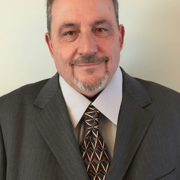


Steve Buskirk - Vice Chair, OHIO811 & Utilities Supervisor, Franklin County Engineers Office
Mary Logan-So - Secretary, OHIO811 & Vice President of Safety, HR and Employee Development, George J. Igel & Co., Inc.
Scott Mergler - Chair, OHIO811 & Damage Prevention Manager, Ohio, AT&T
Chuck Muller - At-Large Representative, OHIO811 & Director, Safety and Quality Assurance, MetroNet, Inc.
Seamus Mulligan - At-Large Representative, OHIO811 & Engineering Manager, The Energy Cooperative
Les Schell - Treasurer, OHIO811 & Operations Supervisor, Kinder Morgan
The Notification Center Board Member Forum will include discussions on forming an executive committee, board development, board audits, and overall industry collaboration. Join the forum to share experiences and knowledge on establishing and maintaining a successful and active Notification Center Board, and learn from those with years of experience while they share valuable lessons learned.

Understanding imposter syndrome and how it can affect your confidence is important when safety is on the line. Let’s understand imposter syndrome, ways to combat it, and with confidence promote a safety culture.

This session will cover an overview of legislative and regulatory pipeline safety advocacy efforts and why these issues matter, as well as a brief update on what's new with the Security and Integrity Foundation.

In November 2022, API and the joint Pipeline SMS Industry Team published Pipeline SMS: A Contractor’s Guide to give pipeline contractors and service providers an enhanced understanding of how the scope of their safety programs should be integrated with an operator’s Pipeline SMS. A tool has been created with industry collaboration showcasing 56 key requirements of API RP 1173: Pipeline Safety Management Systems, that will help operators and contractors integrate their safety efforts. In this webinar, industry will show how the newly developed tool will help contractors and service providers mature internal safety programs that support Pipeline SMS. The tool is scalable based on the size of the organization, the scope of work, and can be a valuable tool in starting the PSMS journey. In addition to reviewing the tool, the session will highlight good practices seen from a pipeline operator and a service company on the value gained from integration of their safety programs.

The PinpointR GPR system is adaptable as a powerful mapping tool. Learn how easy it is to map utilities in RTK precision. Also, the already powerful ViewPoint app will have new features to enhance mapping of the subsurface new for 2024.
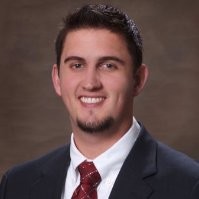
Trenchless technologies (moles, plows, horizontal directional drilling, etc.) have been utilized since the 1970s to bore natural gas lines in the United States. On the surface, natural gas line boring seems non-invasive. However, in reality, boring equipment is manufactured to penetrate almost anything in its path. Unfortunately, sanitary sewer mains, sanitary sewer service laterals and storm drain lines are often times in the path of the bore. A cross bore is defined as an intersection of an existing underground utility or underground structure by a second utility resulting in the direct contact between the transactions of the utilities that compromises the integrity of either utility or underground structure.
When cross bores exist in a sanitary sewer or storm drain system, it presents a tremendously hazardous situation. This session will discuss the hazards associated with cross bores as well as explore the technologies available for locating cross bores.

3D images of the underground generated from the leading Raptor GPR array can now be imported into ArcGIS® Field Maps. This facilitates using your mobile device to view the subsurface while walking the project site with RTK cm precision. A fantastic tool for to visualize the subsurface at the project site as well as capability to bring records search QLD information and other QLB geophysical data mark outs from a pipe and cable locator.
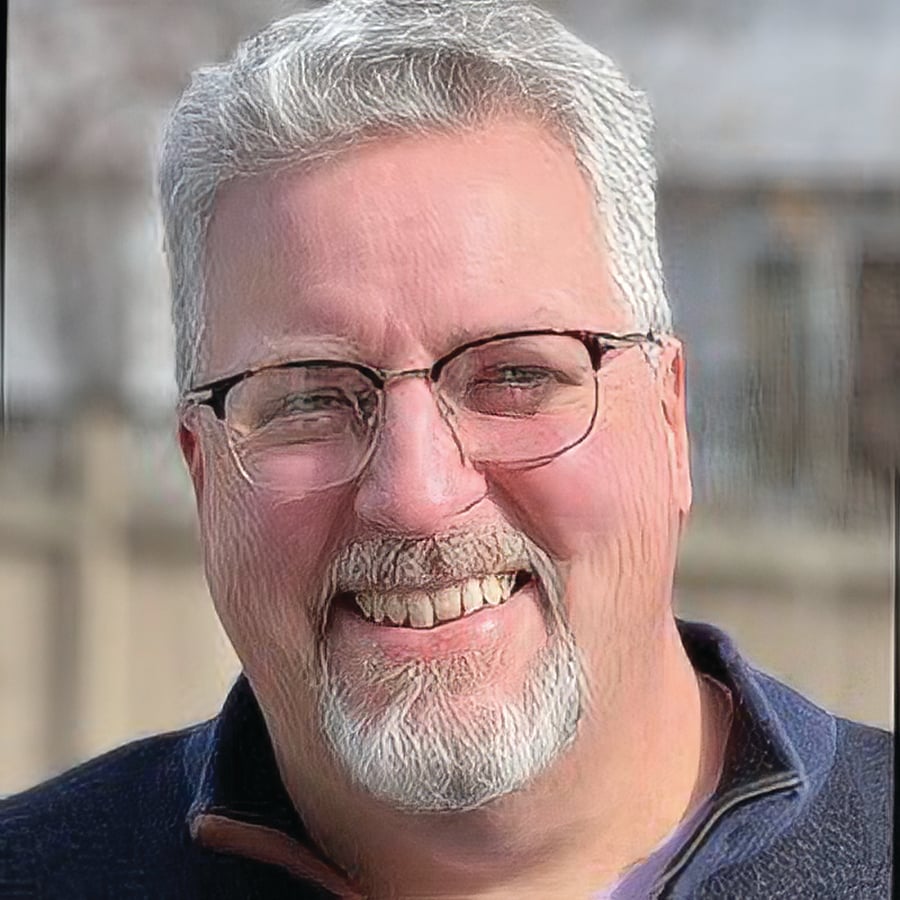
Every year, contact with overhead utilities causes severe injuries and fatalities and yet, Notification Centres have the infrastructure and capacity to significantly reduce these occurrences through an automated notification process. Learn what Utility Safety Partners is doing to reduce contacts with overhead energy and utility assets. It’s not just about ClickBeforeYouDig.

This presentation will share how misinterpretations regarding trench safety have come to be, and what we can do to correct them. Pulling knowledge from your more experienced staff is a good idea, under the condition that what is passed along is correct. Over time, some bits of information may become distorted. Correcting any distortions becomes more challenging when these errors are echoed by those that should know better. Where might the mistaken beliefs have come from? And, what are the facts?

Using powerful Apps such as PointMan and Esri Mobile Field Maps with the PinPointR provides the most advanced mapping capabilities for use by utility professionals. These apps bridge the gap easily from field work to deliverable of accurate underground facility maps incorporating all information from the surface to the underground for SUE investigations.



Devon Carlock - President & Pipeline Task Force Co-Chair, Council for Dredging and Marine Construction Safety (CDMCS)
Ed Landgraf - Director of Marine Operations and Safety, Texas 811 & Chairman, Coastal and Marine Operators (CAMO)
Chris Stovall - President & CEO, Texas811 & Co-Founder & CEO, Line-Scape
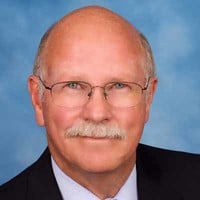

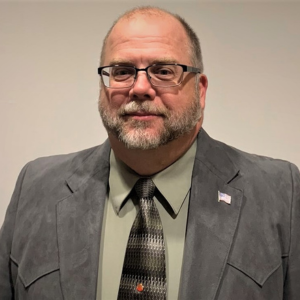
This session will cover the history of the Pennsylvania One Call System and how a UCC helped formulate Pennsylvania 811, as it operates today. The presentation will include the steps needed to run a successful Utility Coordinating Committee, including covering best practices and how to work with contractors on large project tickets.


With the emergence of new technologies delivering comprehensive data to contractors, the future of risk management is bright. Implementing these technologies is not only good practice, but insurance companies as well as the DOT are beginning to require reporting on these leading indicators in order to ultimately save lives. It’s critical for safety professionals to be aware of technology solutions that are now available and to know how to leverage the data they provide as a conduit to not only improve safety and risk mitigation in the field, but also gain unexpected value from their insurers. Join Russ Young for a discussion with industry leaders on the ways insurance providers and technology companies are partnering to create a safer work environment and minimize construction risk for contractors. This session is designed to educate on how telematics plays a role in addressing common goals that insurance providers and contractors share around reducing risk and loss, and how contractors are leveraging this today.
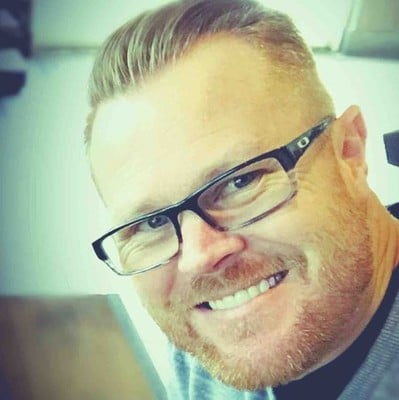
Pacific Gas & Electric, Co. created it’s Dig-in Reduction Team (DiRT) in 2015. This team, over time, helped turn focus from cost-recovery motivated investigations that emphasized on who was wrong, to causal evaluations identifying what went wrong. Over the past 8 years, through investigation, reflection, sharing lessons learned and intentional partnerships, damages to natural gas lines have dropped over 20%, and continue to improve. PG&E will share how a focus on continuous improvement through sharing lessons learned with all stakeholders has reduced excavation damages and subsequently improved public safety and system reliability.


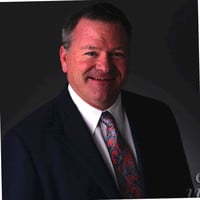
The Louisiana Dig Law Committee process takes a lot of the headache out of getting a law passed through planning conversations where all parties are on the same page prior to submitting. Join us to learn how your state can mimic the success Louisiana is having.

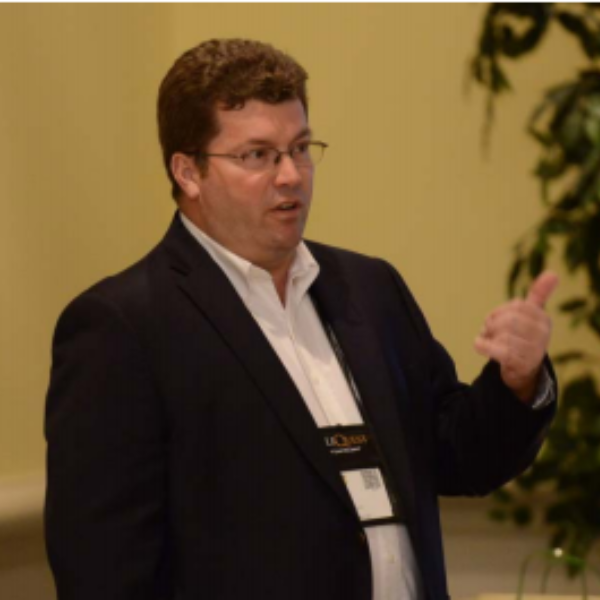


Practicing trial attorneys and expert witnesses will present a trial based on an actual underground damage case in which the audience participates by asking questions of the judge, the lawyers and the witnesses and then rendering a verdict based on the evidence, testimony and argument they hear and see during the trial.

